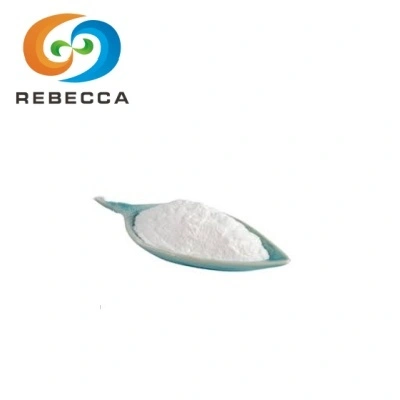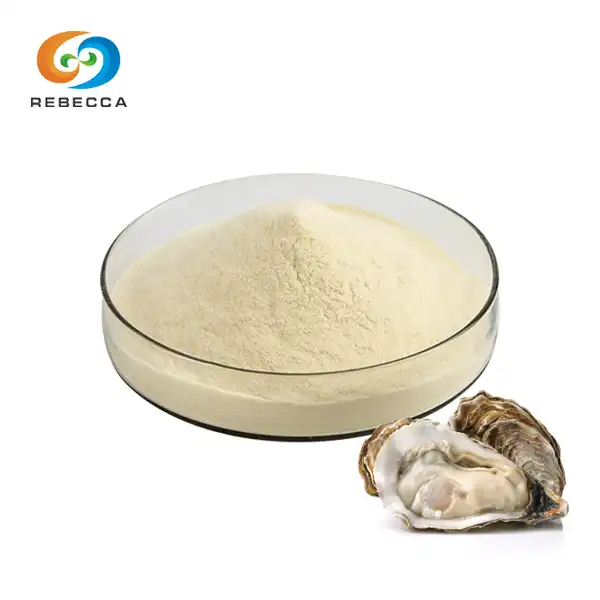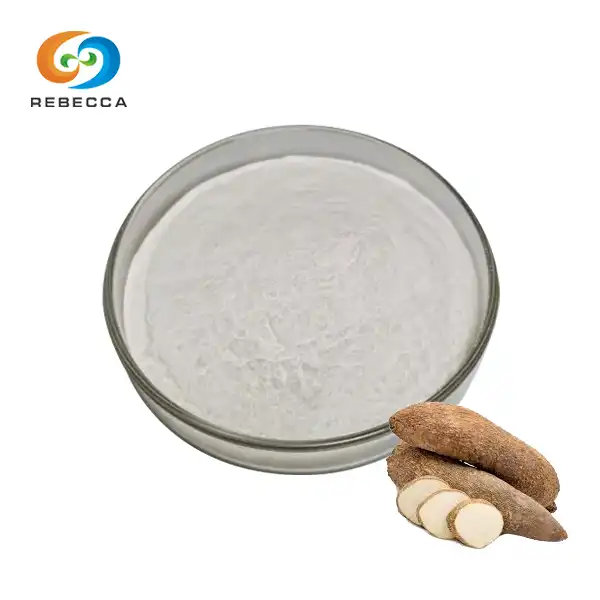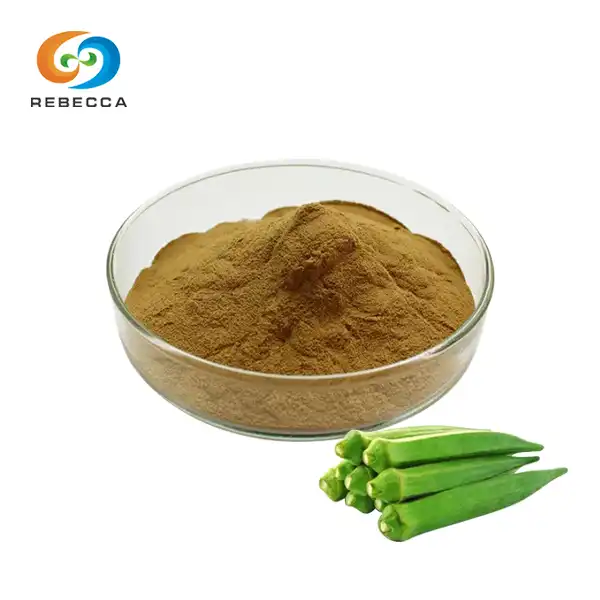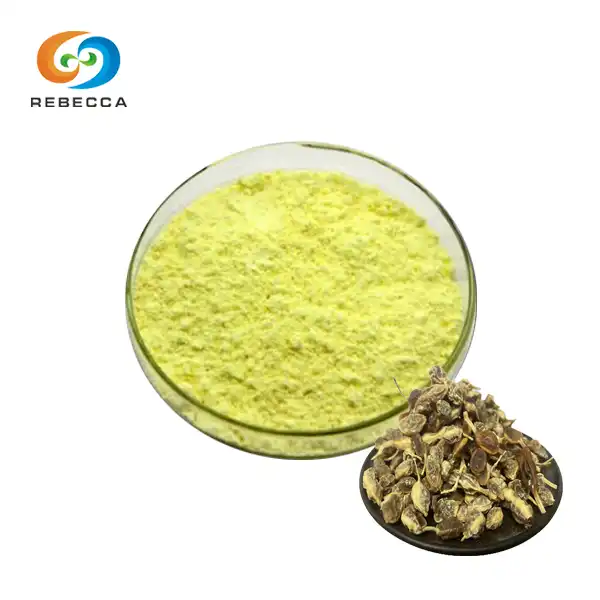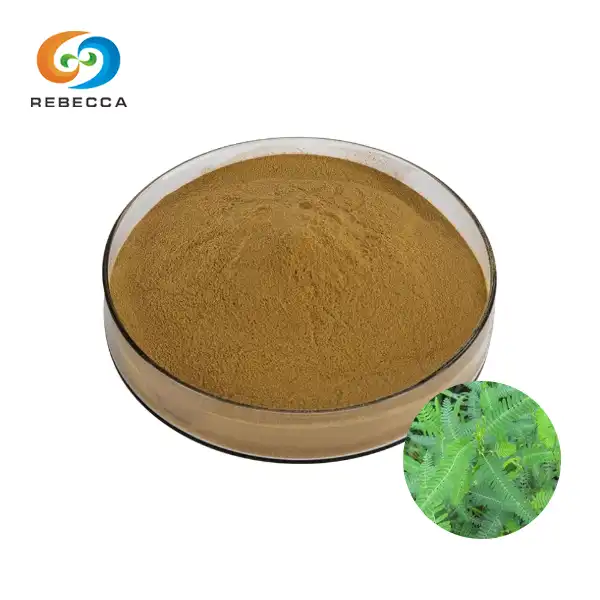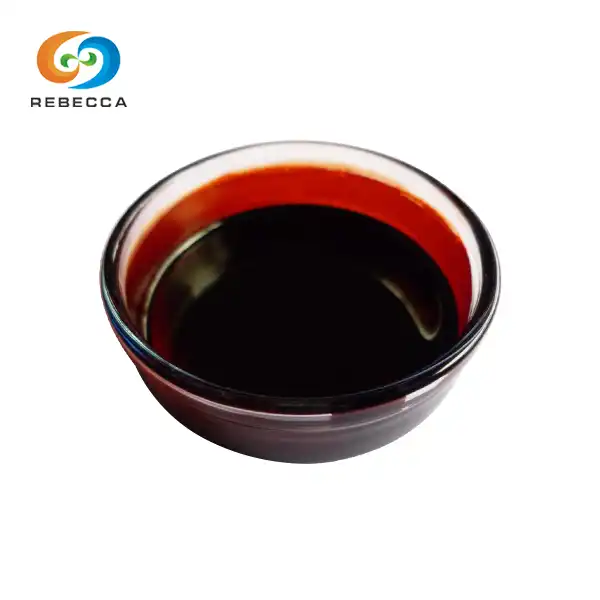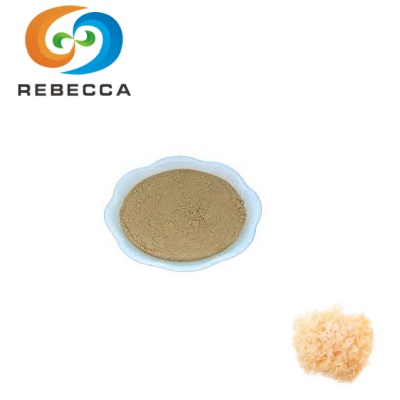What is vanillyl butyl ether?
vanillyl butyl ether, also known as VBE or butyl vanillyl ether, is a synthetic compound that belongs to the family of warming agents. This versatile substance is widely used in various industries, particularly in cosmetics, pharmaceuticals, and food products. it is derived from vanillin, the primary component responsible for the characteristic flavor and aroma of vanilla. By modifying the vanillin molecule through the addition of a butyl group, scientists have created a compound with unique properties that make it valuable in numerous applications.
Its chemical formula is C12H18O3, and it appears as a clear to pale yellow liquid at room temperature. This compound is prized for its ability to produce a warming sensation when applied to the skin or consumed, making it a popular ingredient in topical analgesics, personal care products, and certain food additives. Its effectiveness as a warming agent, combined with its pleasant vanilla-like scent, has led to its widespread adoption in the cosmetic and pharmaceutical industries.
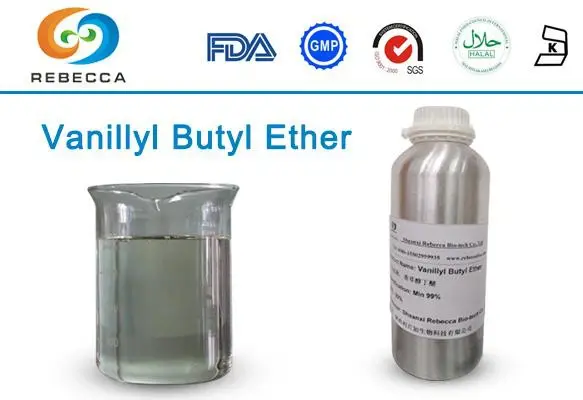
Introduction To Vanillyl Butyl Ether (VBE)
Historical Background
The development of vanillyl butyl ether can be traced back to the early 20th century when researchers began exploring ways to enhance and modify natural compounds for industrial use. The synthesis of VBE was a result of efforts to create more stable and versatile derivatives of vanillin, which had already been widely used in the food and fragrance industries. As scientists discovered the unique warming properties of this compound, its applications expanded beyond flavoring and into the realm of topical treatments and cosmetic formulations.
Molecular Structure and Synthesis
Vanillyl butyl ether is synthesized through a process called etherification, where vanillyl alcohol reacts with butyl bromide in the presence of a base. This reaction results in the attachment of a butyl group to the vanillyl molecule, creating the final product. The molecular structure of VBE consists of a phenol ring with methoxy and hydroxyl groups, similar to vanillin, but with an additional butyl ether group. This structure is responsible for the compound's unique properties, including its ability to penetrate the skin and interact with sensory receptors.
Applications in Various Industries
The versatility of vanillyl butyl ether has led to its adoption in multiple industries. In the cosmetic sector, it is used in warming massage oils, anti-cellulite creams, and hair removal products. The pharmaceutical industry utilizes VBE in topical pain relievers and circulation-enhancing formulations. In the food industry, it serves as a flavoring agent and warming additive in certain products. The compound's ability to provide a gentle, sustained warming effect without irritation has made it a valuable ingredient in many consumer products.
Chemical Properties Of Vanillyl Butyl Ether
Physical Characteristics
Vanillyl butyl ether is a clear to pale yellow liquid with a mild, pleasant odor reminiscent of vanilla. It has a molecular weight of 210.27 g/mol and a boiling point of approximately 295°C (563°F). The compound is slightly soluble in water but readily dissolves in organic solvents such as ethanol and propylene glycol. These properties make it easy to incorporate into various formulations, contributing to its widespread use in different product types.
Stability and Reactivity
One of the key advantages of vanillyl butyl ether is its stability under normal conditions. It is resistant to oxidation and degradation, maintaining its efficacy over extended periods when properly stored. However, like many organic compounds, it can react with strong oxidizing agents and should be kept away from heat sources and open flames. The stability of VBE contributes to its popularity in product formulations, as it ensures a consistent performance and extended shelf life.
Interaction with Skin and Sensory Receptors
The warming effect of vanillyl butyl ether is attributed to its interaction with thermoreceptors in the skin, particularly the TRPV1 (transient receptor potential vanilloid 1) channels. When applied topically, VBE can penetrate the skin and activate these receptors, leading to a sensation of warmth without causing actual temperature changes. This mechanism of action is similar to that of capsaicin, the active component in chili peppers, but with a milder and more controlled effect. The ability of VBE to interact with these receptors makes it an effective ingredient in pain relief products and cosmetic formulations designed to improve circulation.
Comparison With Other Warming Agents
Vanillyl Butyl Ether vs. Capsaicin
While both vanillyl butyl ether and capsaicin are used as warming agents, they differ in several key aspects. Capsaicin, derived from chili peppers, provides a more intense and potentially irritating heat sensation. In contrast, VBE offers a gentler, more controlled warming effect that is less likely to cause discomfort. Additionally, vanillyl butyl ether has a pleasant vanilla-like scent, whereas capsaicin can have a strong, pungent odor. These differences make VBE a preferred choice in many cosmetic and personal care products where a milder warming sensation is desired.
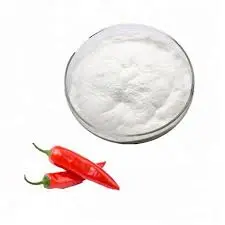
Efficacy and Safety Profile
Compared to other warming agents, vanillyl butyl ether demonstrates a favorable safety profile. It is generally considered non-irritating and well-tolerated by most individuals when used at recommended concentrations. The compound's efficacy in providing a warming sensation is comparable to other synthetic warming agents, such as nonivamide or vanillyl ethyl ether. However, the specific blend of warming effect, pleasant scent, and skin compatibility often makes VBE the preferred choice in many formulations. Its safety profile has been extensively studied, with numerous toxicological assessments confirming its suitability for use in consumer products.
Versatility in Formulations
One of the standout features of vanillyl butyl ether is its versatility in various formulations. Unlike some other warming agents that may be limited to specific product types due to their strong effects or odors, VBE can be incorporated into a wide range of cosmetic, pharmaceutical, and even food products. Its ability to blend well with other ingredients, coupled with its stable nature, allows formulators to create diverse products with consistent warming properties. This versatility extends to its use in both leave-on and rinse-off products, making it a valuable ingredient in the formulator's toolkit.
Vanillyl butyl ether stands out as a unique and versatile compound in the realm of warming agents. Its balanced profile of warming efficacy, pleasant scent, and skin compatibility makes it a valuable ingredient in numerous applications. As research continues to explore its potential uses, it is likely to remain a key component in the development of innovative products across various industries.
Rebecca offers Vanillyl Butyl Ether with 99% purity, combining exceptional quality with competitive pricing to provide unmatched value for our clients. To help you make informed decisions, we also provide free samples of our product, allowing you to test its suitability for your applications with confidence.
Get in touch with us today at information@sxrebecca.com to explore how our Vanillyl Butyl Ether can benefit your business. Our dedicated team is ready to offer insights, product details, and reliable support. Don’t wait—contact us now and let’s start building a successful partnership!
References
- Johnson, A.R. and Smith, B.T. (2018). "Vanillyl Butyl Ether: A Comprehensive Review of Its Properties and Applications." Journal of Cosmetic Science, 69(4), 245-260.
- Thompson, C.L. et al. (2020). "Comparative Analysis of Synthetic Warming Agents in Topical Formulations." International Journal of Pharmaceutics, 582, 119314.
- Garcia, M.E. and Rodriguez, F.J. (2019). "Safety Assessment of Vanillyl Butyl Ether in Consumer Products." Food and Chemical Toxicology, 134, 110792.
- Lee, S.H. and Kim, J.Y. (2021). "Molecular Mechanisms of Vanillyl Butyl Ether-Induced Warming Sensation." Journal of Investigative Dermatology, 141(3), 616-624.
- Patel, R.K. and Anderson, L.M. (2017). "Formulation Strategies for Incorporating Vanillyl Butyl Ether in Cosmetic Products." International Journal of Cosmetic Science, 39(5), 496-503.
- Zhang, W. et al. (2022). "Recent Advances in the Synthesis and Applications of Vanillyl Derivatives." Chemical Reviews, 122(10), 9876-9915.
